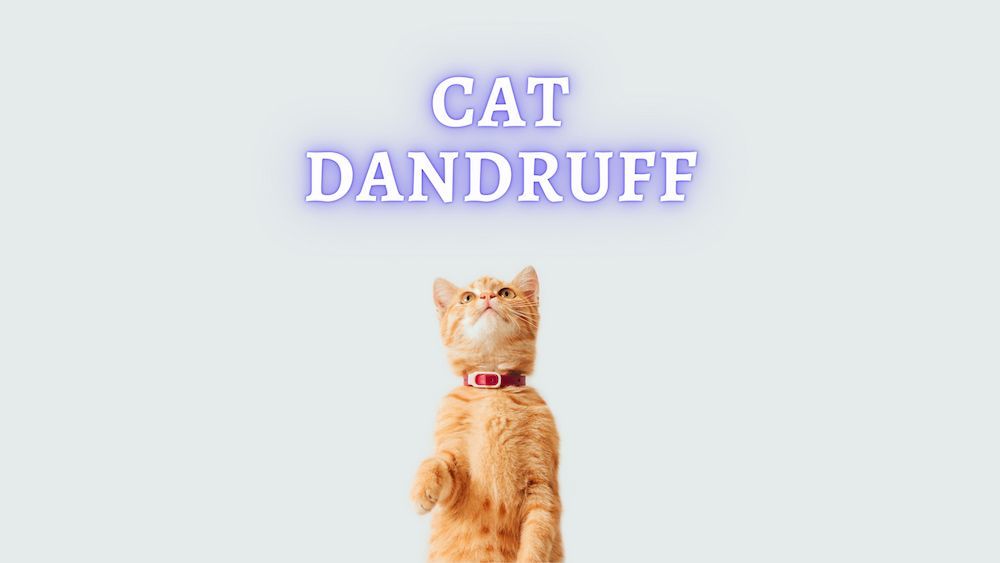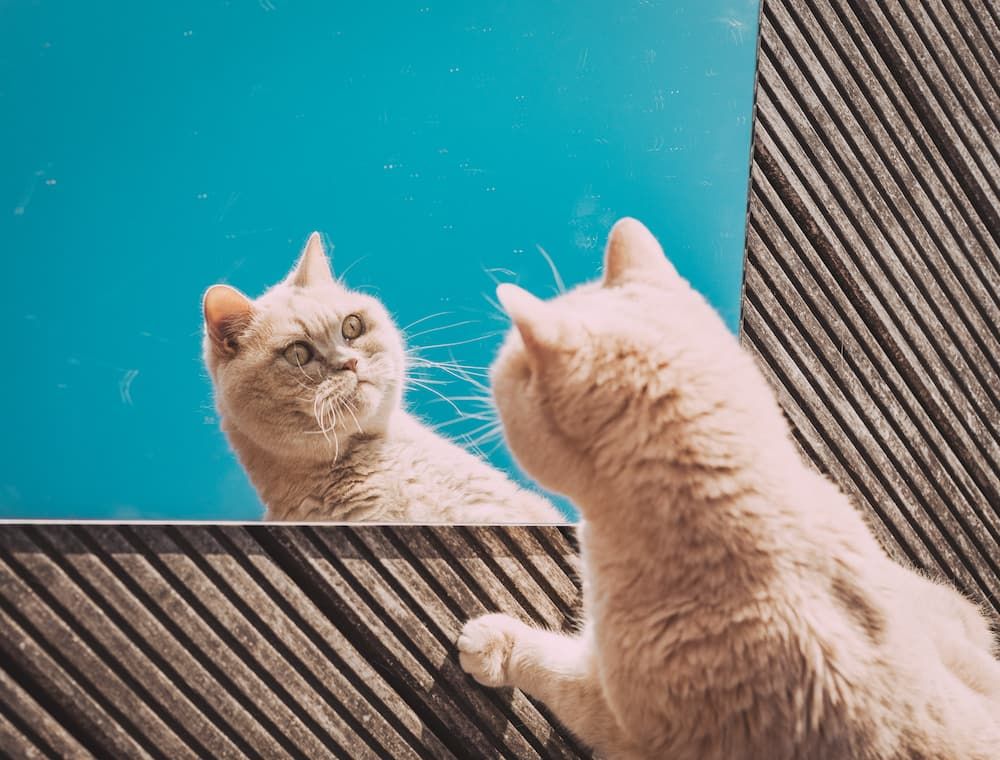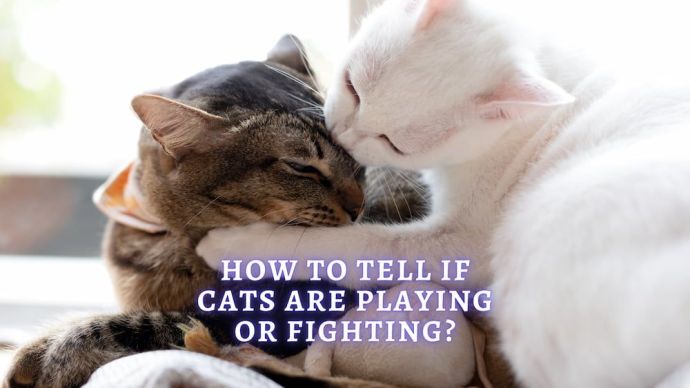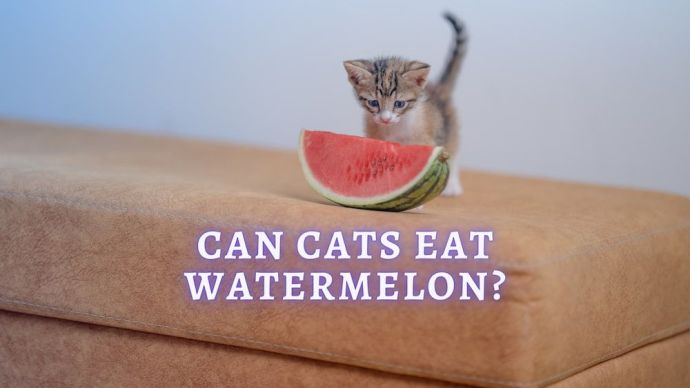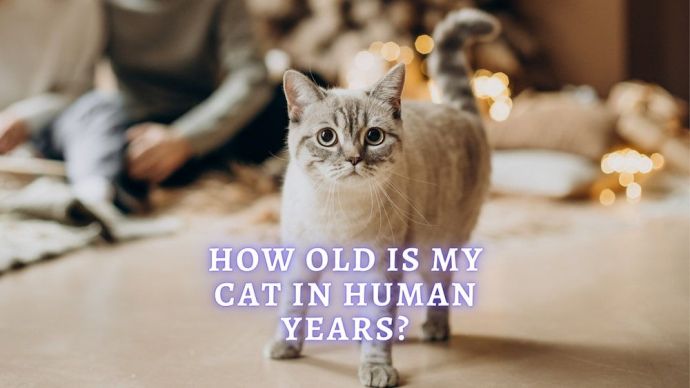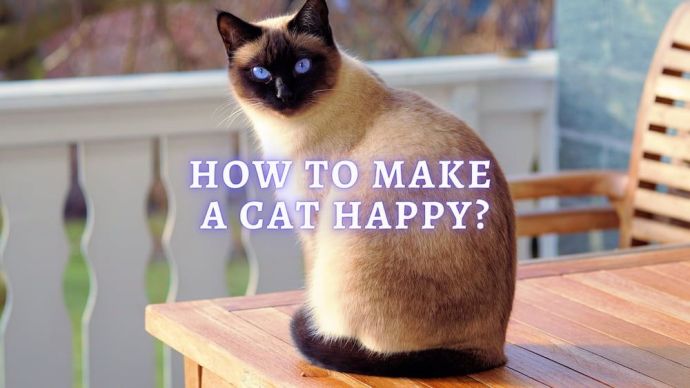Cat Dandruff: Causes, Treatment and Home Remedies
Written by:
Author: Vicki Smirnova
Vicki Smirnova is a professional writer and editor who adores animals and helps readers get along well with their pets. She has been working in digital media for more than 5 years and has great experience writing content about lifestyle, including pets. Vicki specializes in dog health and nutrition, cat feeding, dog training. She is an aquarium lover and is passionate to write about fish care at home. Also, Vicki headed several websites and worked as a news editor.
View all 244 articlesLearn about our editorial process and veterinary review board.
Reviewed by:
Veterinary review
by Dr. Linda Simon
Dr. Linda Simon is a veterinary surgeon working with seven years of experience. She is a fellow of the British Veterinary Association and specializing in animal medicine. Also, she has been the Woman magazine resident vet for the past two years and writes a regular column for them, focusing on pets and their health.
View all 30 articlesLearn about our veterinary review board
Viewed: 83
Updated on: 07/25/2022
Every pet owner wants to see their pet healthy, cheerful, and beautiful, with a shiny, well-groomed coat. But what to do if you notice dandruff on your cat’s fur? Is this normal or a warning sign?
Cats, just like humans, are prone to dandruff. In a small amount, it is not dangerous, but you need to fix the problem that causes it so that undesirable consequences do not occur. This article will determine which cases need veterinary attention and which can be managed from home.
How Can I Tell If My Cat’s Skin Has Dandruff?
When a cat develops dandruff (dead skin cells), white particles can be seen on the coat, which can fall on your clothes or your pet’s bed. The cat’s skin looks dry and may be inflamed. You will also notice that the cat licks or scratches its skin more intensively than usual. In addition, there may be areas devoid of hair due to hair loss. [1]
RELATED: Skin Problems in Cats: Guide from Dr. Kathryn Dench
What Causes Cat’s Dandruff?
Dandruff in cats is called desquamated particles of the epithelium (the surface layer of the skin), which can be seen on the coat. This layer of skin is constantly being renewed, and a small amount of small white specks (dead skin cells) on the coat may be normal.
Seborrhea can cause dandruff, a skin disease in which the normal sebum production is disrupted. Seborrhea is an inflammatory condition that can be caused by fungal or bacterial infections of the skin, external parasites, allergies, and metabolic disorders. Sometimes seborrhea and the appearance of cat dandruff symbolize poor animal living conditions, improper hygiene, poor grooming, malnutrition or severe systemic diseases.
RELATED: Skin Allergies in Cats: Causes, Symptoms, and Treatment (Vet Advice)
Causes of dandruff can be as follows:
Fungal infections. Yeast is a normal inhabitant of the skin of humans and cats. Under adverse conditions such as stress or allergies, yeast actively multiplies, and dandruff becomes more prominent. The cat’s coat is covered with white grainy scales and becomes dull and unhealthy in appearance. Sometimes there is general itching. Fungal seborrhea can be dry or oily. With oily seborrhea, in addition to dandruff, the owner notices greasy, sticky, dangling fur. At the same time, despite the cat grooming well, the condition of the coat does not improve.
- Bacterial infections. Bacterial dermatitis is a common disease in cats. Sometimes dermatitis affects only the superficial layers of the skin, and sometimes deep – the dermis. Dermatitis is most often localized in nature, that is, it develops focally, affecting one specific area of the body. Superficial pyoderma is accompanied by dandruff and itching. Deep pyoderma causes pain, and cats will be unwell. We can see purulent discharge. These pathologies require veterinary treatment, often long-term antibiotic therapy in high doses, since otherwise, antibacterial drugs do not penetrate the skin and do not affect the flora that causes pyoderma.
- External parasites. Infestation with external parasites can cause dandruff and itching. And some parasites can look like dandruff. When infested with fleas, cats often develop allergic dermatitis. Its symptoms are severe itching and scratching, especially in the back and rump. The coat is covered with dandruff, and you can also see “black dandruff”. Black scales and grains are flea excrement and the blood they have digested. If the animal is placed on a sheet of white paper and combed, then the “black dandruff” on the white sheet becomes noticeable, and by splashing water on it and squishing it, you will see red blood spots on the paper. After such an experiment, the diagnosis of “flea dermatitis” can be considered set. In addition to fleas, other parasites, such as cheilitiella, can also take a fancy to the hair of a domestic cat. These are microscopic, less than a millimeter, oval mites that look like clusters of white grains of dandruff. If you look closely, you can see how these grains move, which is why cheilitiella is called “stray dandruff.” This mite is most often found in rabbits.
- Allergy. The main cause of allergies in cats is flea bites. Less common are allergies to food components (proteins of animal or plant origin) and to inhaled agents like pollen and dust mites (such an allergy is called atopy). Allergy symptoms include itchy, red and dry skin, dandruff, and a dull coat.
- Metabolic disease. Dandruff often accompanies obesity in cats and may indicate a metabolic disorder in the body, such as a hormonal imbalance. Oily seborrhea and dandruff at the base of the tail in cats are most often associated with testosterone production. It is important to remember that obesity leads to various pathological consequences. The barrier function of the dry skin decreases, the sebaceous glands begin to produce their secret intensively, and the coat becomes greasy, does not shine and becomes covered with dandruff. Obesity makes grooming difficult for your cat, meaning they tend to develop a dull or greasy coat and mats. Given the other negative consequences of being overweight, monitoring your pet’s weight and avoiding overfeeding is necessary.
READ MORE: Why Is My Cat Fat? (Vet Explain)
Unsatisfactory conditions in the home. Poor living conditions for cats include:
- dirty bedding,
- irregular cleaning of toilet trays,
- lack of regular treatments for internal and external parasites,
- lack of veterinary care.
All this leads to constant stress, an overloaded immune system and potential medical issues. A messy coat and dandruff is one of the first signs that a cat needs more care. [2]
How Can I Help Get Rid of My Cat’s Dandruff?
At home, the owner can analyze whether the pet is eating properly, whether basic hygiene requirements are met, whether the animal is stressed and whether it has been treated for external and internal parasites. If you can not deal with dandruff after this, contact your veterinarian for an examination and diagnosis. Perhaps they need to take blood tests to check the condition and function of internal organs, take scrapings from the skin, conduct fluorescent diagnostics and look at the hair under a microscope. Early diagnosis and prevention of diseases is known to keep a pet healthy for many years.
If a fungal infection of the skin is suspected, systemic antifungal drugs and shampoos are used. If your cat is not afraid of water and is accustomed to washing, they can be used at home. Anti-yeast shampoos are sold in regular pharmacies; consult your veterinary dermatologist about their use.
Suppose a cat has been diagnosed with flea infestation (flea dermatitis). In that case, it may be necessary, in addition to treatment, to thoroughly treat the apartment with special anti-parasite products such as flea spray containing Insect Growth Regulators. After all, fleas only feed on the skin of a cat or dog, but multiply and live in carpets, upholstered furniture, behind baseboards, and under the linoleum. Any pets in the home must be religiously kept up to date with their flea prevention. This should ideally be purchased from the vet, who will have access to the most effective products.
When a cat has food allergies, it is advised to feed a hydrolyzed hypoallergenic diet. Remember that even the most expensive, high-quality food may not suit a cat with food allergies and could cause negative reactions, including dandruff.
Hypoallergenic diets need to be trialled for at least 8 weeks before we know if they work. At this time, cats cannot eat other food sources such as tit bits from the table or treats.
Dr. Linda Simon
Bathing is unlikely to help with dandruff (unless it is a medical procedure). Frequent washing or improperly selected shampoo dries out the skin and can, on the contrary, increase the formation of dandruff.
Prevention of dandruff can sometimes be achieved with the right care and feeding. There are special skin supplements for cats that your vet can direct you to. Additionally, you can add flaxseed oil or fish oil to dry or wet food in the quantities recommended in the instructions.
There are also spot on drops that can be applied between the shoulder blades, which contain fatty acids. Depending on the specific product, they are usually sold in pet stores and applied once a week for a long period of time. With the use of these supplements, the quality of fur can improve and dandruff production may lessen unless, of course, its presence is associated with serious diseases. These drops are particularly recommended for show cats, long-haired cats, and those prone to dry skin.
Thus, depending on the cause of dandruff, it can and should be dealt with effectively. Sometimes the owner’s efforts are enough, and sometimes the intervention of a veterinarian or, less commonly, a veterinary dermatologist is required.
READ MORE: Cat Fleas and Ticks: How to get rid of Fleas on Cats? (Vet Advice)
Home remedies to Treat Cat Dandruff
To treat dandruff, you may be able to use some more traditional ‘at home’ remedies. To do this, stock up on the necessary ingredients and prepare the product ahead of time with burdock root, calendula, and nettle solution. Finish bathing the animal by rinsing the coat with water.
Colloidal silver is a natural antifungal and antimicrobial agent that helps relieve itching and promotes healing.
To cure mild cat dandruff at home, we may try to rub burdock, coconut, olive, or calendula oil into the pet’s coat.
In addition, daily brushing stimulates the cat’s coat to grow stronger by massaging the skin, and improving blood circulation under it.
If your cat is grooming less and developing dandruff, this needs to be looked into. Common causes include obesity, arthritis, and dental disease. Let your vet know as soon as you notice reduced grooming.
Dr. Linda Simon
FAQ
How do you get rid of dandruff on a cat?
Identifying why your cat has dandruff and treating the root cause is key.
Brushing their fur daily helps to spread the natural oils and remove the dead skin.
For a more natural alternative, you may try burdock, olive, or calendula oil, which may help to rub them into the coat. Also effective will be a decoction of sea buckthorn berries, burdock root, calendula, and nettle.
Why does my indoor cat have dandruff?
The reason may be the presence of dry air in the room. Dry air can cause the animal’s skin to become dry and coarse, causing dandruff in the pet. A range of other issues, including fungus, fleas, and mites, can also cause dandruff in a pet.
Does brushing help cat dandruff?
Daily combing stimulates the cat’s coat to grow stronger by massaging the skin and improving blood circulation under it. It also spreads the natural oils along the fur and removes excess dead skin.
Should I worry about cat flaky skin?
In a small amount, dandruff is not dangerous, but you need to eliminate the problem that causes it so that undesirable consequences do not occur.
Article Sources:
- “Don’t Brush Off Feline Dandruff.” CVMBS News, vetmed.tamu.edu/news/pet-talk/dont-brush-off-feline-dandruff/.
- “Dandruff in Cats.” PDSA, pdsa.org.uk/pet-help-and-advice/pet-health-hub/symptoms/dandruff-in-cats.
 Cat Care Why Does My Cat Attack My Legs? 10 Reasons Why and What To Do About It (Vet-Approved Advice)
Cat Care Why Does My Cat Attack My Legs? 10 Reasons Why and What To Do About It (Vet-Approved Advice) - 46013
- 21
 Cat Veterinary Tips Cat Stomach Gurgling: Vet Advice on Why is Your Cat Stomach Gurgling?
Cat Veterinary Tips Cat Stomach Gurgling: Vet Advice on Why is Your Cat Stomach Gurgling? - 36469
- 4
 Cat Veterinary Tips My Cat Lost its Voice: Can Cats get Laryngitis? (Vet Advice)
Cat Veterinary Tips My Cat Lost its Voice: Can Cats get Laryngitis? (Vet Advice) - 23554
- 13









